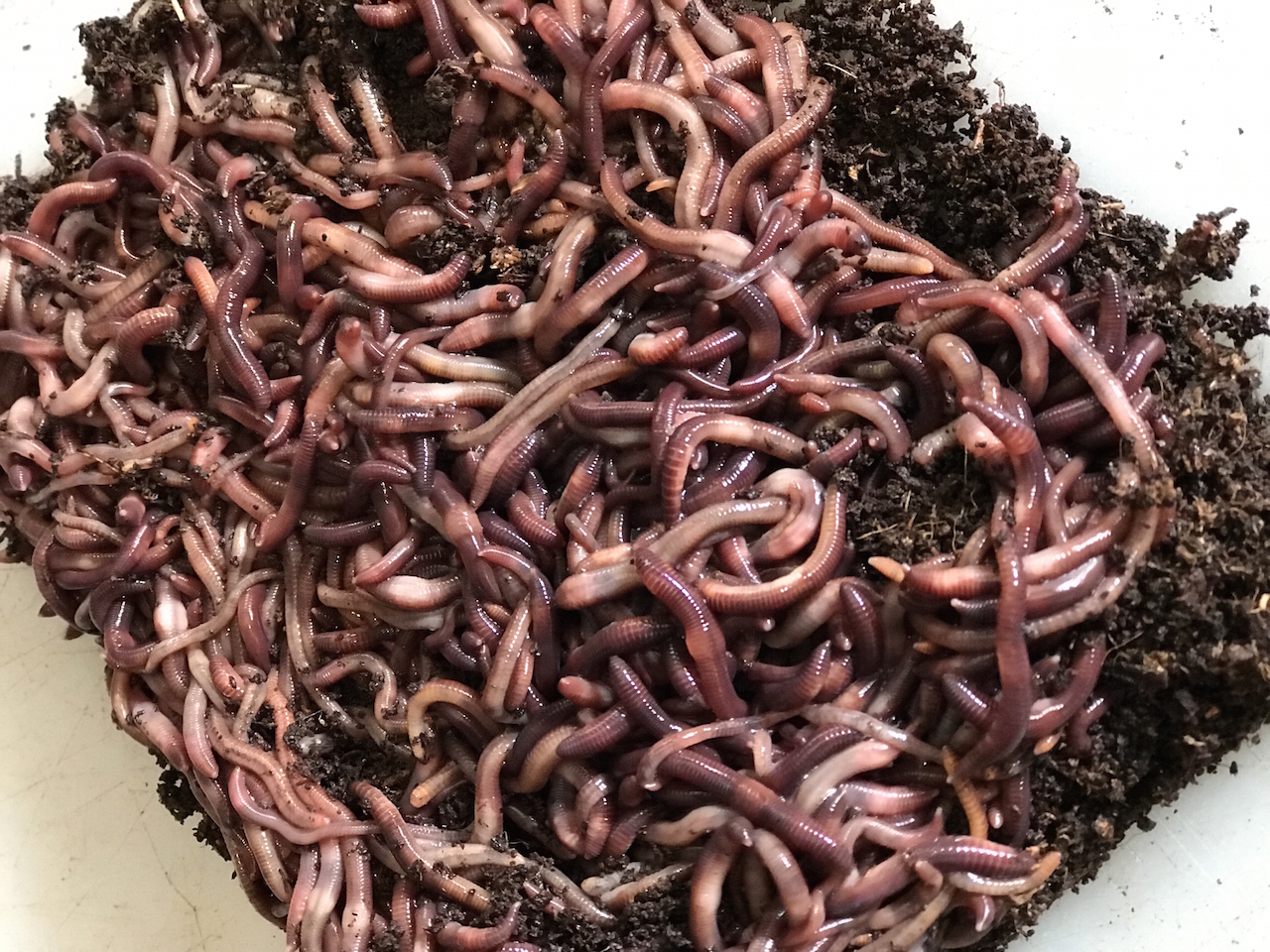Using the Power of Red Wigglers for Lasting Gardening
The combination of red wigglers into lasting horticulture practices offers a compelling opportunity for enhancing soil wellness and decreasing natural waste. These worms succeed at transforming kitchen area scraps right into important compost, which not just enriches the soil however additionally promotes an extra resistant garden ecological community. Understanding the subtleties of establishing up an effective worm bin and keeping a well balanced diet for these organisms can dramatically influence gardening results. The effects of such practices extend past plain looks; they hold the potential to improve our method to environmental horticulture. What factors to consider should be prioritized for ideal results?
Advantages of Red Wigglers
(Granite Falls NC Worms For Sale)Utilizing the power of red wigglers can change your horticulture techniques and enhance soil health. As they consume kitchen area scraps and backyard waste, red wigglers convert this material into nutrient-rich worm spreadings, which offer as a natural fertilizer.
(Hickory NC Worms For Sale)Additionally, red wigglers add to increased dirt oygenation and drain. Their burrowing task creates networks that allow air and water to permeate deeper right into the soil, advertising much healthier origin systems and improving plant development. Additionally, the presence of valuable microbes in worm castings help in suppressing soil-borne illness, thus cultivating a more durable yard community.
Including red wigglers right into your horticulture routine not only supports ecological sustainability however additionally results in higher crop returns and healthier plants. By accepting these flexible creatures, gardeners can successfully reuse raw material, grow abundant soil, and add to an extra sustainable future.
Establishing a Worm Container
Developing a worm bin is an uncomplicated process that can greatly boost your sustainable horticulture efforts. A plastic container or wooden box with measurements of around 2 feet by 3 feet works well.
Following, prepare the bedding material, which is essential for the worms' environment. Suitable options consist of shredded paper, cardboard, coconut coir, or peat moss. Go for a bedding deepness of regarding six inches, guaranteeing it is moist yet not soaked. This creates an optimal setting for the worms to prosper.

Feeding Your Red Wigglers
Feeding your red wigglers is an essential element of keeping a healthy and balanced worm container, and understanding their dietary preferences can considerably boost the composting procedure. Red wigglers prosper on a well balanced diet plan mostly composed of organic materials. Suitable food resources include vegetables and fruit scraps, coffee premises, and crushed eggshells, which supply necessary nutrients.
It is necessary to avoid feeding them meat, dairy, and oily foods, as these can draw in parasites and produce unpleasant odors. Additionally, the dimension of the food bits ought to be reduced to facilitate quicker disintegration and less complicated usage by the worms. A general rule is to add food in small amounts, guaranteeing it can be consumed within a couple of days to stop mold development and look at this now anaerobic problems.
Maintaining a varied diet plan for your red wigglers not only adds to their health and wellness but additionally enhances the top quality of the garden compost produced. Keeping track of the worm bin's dampness degree is vital, as red wigglers thrive in a wet environment, yet excess wetness can lead to food wasting. Consistently checking and readjusting their feeding routine will ensure a growing worm populace that adds significantly to lasting gardening techniques.

Utilizing Worm Spreadings in the Yard
Worm castings, the nutrient-rich by-product of red wigglers' digestion, play an important duty in boosting soil wellness and fertility in the garden. These spreadings are rich in vital nutrients such as nitrogen, phosphorus, and potassium, which are crucial for plant development. Additionally, they have advantageous microorganisms that advertise a healthy and balanced dirt community.

Beyond nutrient content, worm castings additionally help suppress plant diseases and bugs. The useful germs present in the spreadings can outcompete unsafe pathogens, lowering the occurrence of origin rot and various other soil-borne conditions.
To successfully make use of worm spreadings, apply them at a rate of one part spreadings to 3 components dirt when growing - Red Wiggler Express. Normal applications throughout the expanding season can even more boost soil wellness, making certain a lasting and productive horticulture experience
Preserving a Healthy Worm Populace
Frequently maintaining a healthy and balanced population of red wigglers is essential for the success of lasting horticulture practices. These earthworms not only enhance dirt fertility yet additionally improve its framework and aeration. To ensure a successful worm population, a number of key aspects must be resolved.
First, offer an ample habitat, that includes a wet, dark atmosphere abundant in organic matter. The excellent bed linen products are shredded paper, cardboard, and coconut coir, which ought to be maintained damp but not saturated. Second, monitor the temperature level; red wigglers grow in a series of 55 ° F to 77 ° F(13 ° C to 25 ° C) Severe temperature levels can stress or eliminate the worms.
Feeding practices likewise play a substantial role. Introduce kitchen area scraps gradually, ensuring they are finely cut to facilitate decay. Stay clear of citrus peels and meat items, which can disrupt the worm habitat. Routinely inspect the worm container for signs of overfeeding or odor, showing that the equilibrium is off.
Verdict
The advantages of worm castings, consisting of boosted dirt framework, raised vitamins and mineral schedule, and illness reductions, contribute to a more resistant environment. Red Wiggler Express. Appropriately establishing up and maintaining a worm container, along with supplying a balanced diet, guarantees a flourishing worm population.